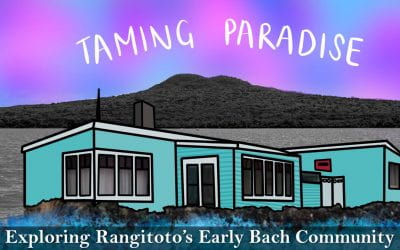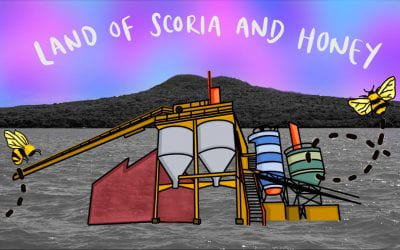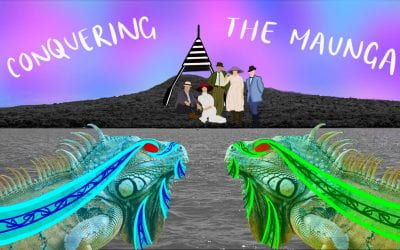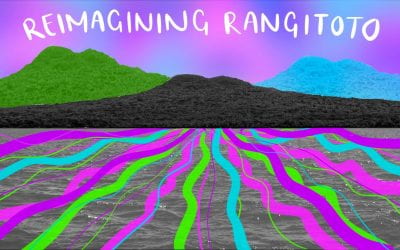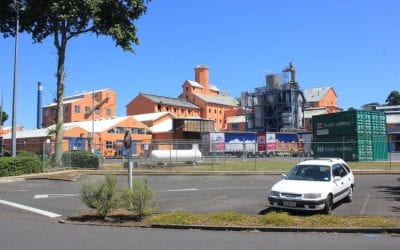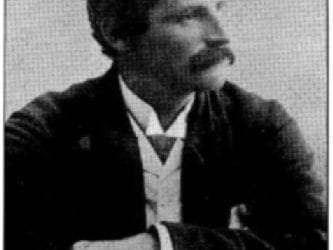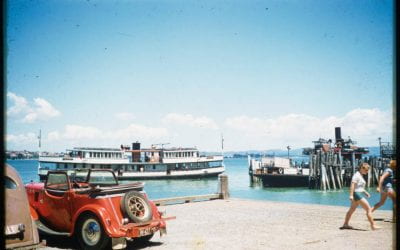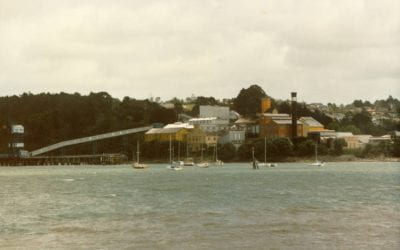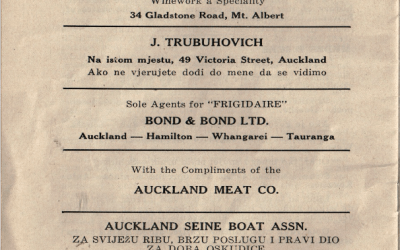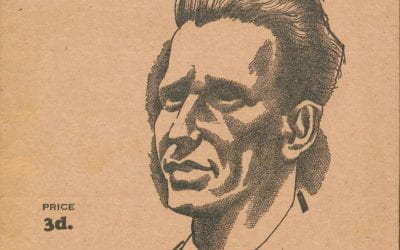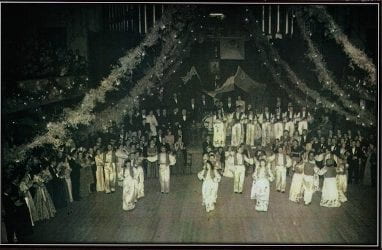AHI Summer Research Scholarships
Research Articles
TAMING PARADISE: Exploring Rangitoto’s Early Bach Community
Part One CONQUERING THE MAUNGA: Early Encounters with Rangitoto IslandPart Two LAND OF SCORIA AND HONEY: Pioneering Economies on Rangitoto IslandPart Four ESCAPING PARADISE: Prison Labour and Rangitoto Island PART THREE TAMING PARADISE: Exploring Rangitoto's Early...
LAND OF SCORIA AND HONEY: Pioneering Economies on Rangitoto Island
Part One CONQUERING THE MAUNGA: Early Encounters with Rangitoto IslandPart Three TAMING PARADISE: Exploring Rangitoto's Early Bach CommunityPart Four ESCAPING PARADISE: Prison Labour and Rangitoto Island Part Two LAND OF SCORIA AND HONEY: Pioneering Economies on...
Conquering the Maunga: Early Encounters with Rangitoto Island
by Blair McIntosh*
Whether it be navigating the Pacific Ocean, scaling Mount Everest or successfully completing the first overland crossing of the South Pole, we as New Zealanders have always liked to imagine ourselves as a hardy nation of voyagers, pioneers and intrepid explorers.
Reimagining Rangitoto
by Blair McIntosh*
Towering above the roily waters of the Hauraki Gulf, RANGITOTO stands as an enduring symbol of ‘Home’ for many Aucklanders. No matter which direction the maunga is gazed from, its silhouette is always unmistakable: wide slopes descend down to the sea in near-perfect symmetry, whilst its jagged peaks betray the faint beginnings of a place born from incredible heat and fire.
Not Just Sugar: The Human Face of the Chelsea Sugar Factory
by Angela Black*
The history of a factory such as Chelsea often takes a very industrial or commercial form. As historians studying these mass-producing structures, we naturally ask questions on matters such as the development of the factory, its statistics of production, the markets it serves and any periods of rapid mechanisation or industrialisation.
The Birkenhead Sugarworkers Union: A Microcosm of New Zealand’s Social Laboratory
by Angela Black*
In historian circles and popular consensus alike, New Zealand is often hailed the “social laboratory of the world”. Despite harbouring a population of only 5 million, Aotearoa has in many ways been a leader in the areas of social and democratic reform.
The Shaping of a Suburb: Chelsea Sugar Factory’s Influence on the Creation of Birkenhead’s Own Unique Identity
by Angela Black*
How did Birkenhead transform from this neglected bushland into a fully-fledged suburb with its own unique identity? By comparing the development of Birkenhead before and after the establishment of Chelsea on its shores in the 1880s, it becomes clear that Birkenhead owes itself greatly to the opening of the Chelsea Sugar Factory.
What’s in a Building? – Chelsea Sugar Refinery and Estate’s Journey to Heritage Recognition
by Angela Black*
The history of a factory such as Chelsea often takes a very industrial or commercial form. As historians studying these mass-producing structures, we naturally ask questions on matters such as the development of the factory, its statistics of production, the markets it serves and any periods of rapid mechanisation or industrialisation.
“Between Two Worlds”: Dalmatian Aucklanders
by Helena Wiseman*
“Our people have contributed a lot. We weren’t always appreciated, but we’ve been high achievers. We’ve done very well for ourselves”.
Those were Auckland Dalmatian Tony Barbarich’s reflections on his experiences, and his community’s contributions to their society. The Dalmatian community is now notably integrated with wider Auckland.
A Rift Down Hobson Street: The Yugoslav Clubs and Political Debate
by Helena Wiseman*
The two Yugoslav Clubs in Auckland were divided by more than just the road on Hobson Street. Immediately after the war they had worked together to support their community, and many Dalmatians frequented both locations. But at the highest levels of the organisations, political tensions simmered.
One Community, Two Clubs: The Story of the Yugoslav Societies.
by Helena Wiseman*
The Dalmatian Cultural Society today stands at the top of New North Road. Every Friday, the clubrooms open to members to socialise. There are picnics. There is a ballroom, a tamburica orchestra, weekly Croatian language classes. Children learn the national dance, the kolo.
A Home in Auckland Central: Introducing Auckland’s Dalmatians
by Helena Wiseman*
Dalmatians came to Aotearoa from a relatively small area – only a few hundred kilometers, a handful of villages – on the Adriatic coast of what is now Croatia but was historically the culturally distinct Roman region of Dalmatia.

